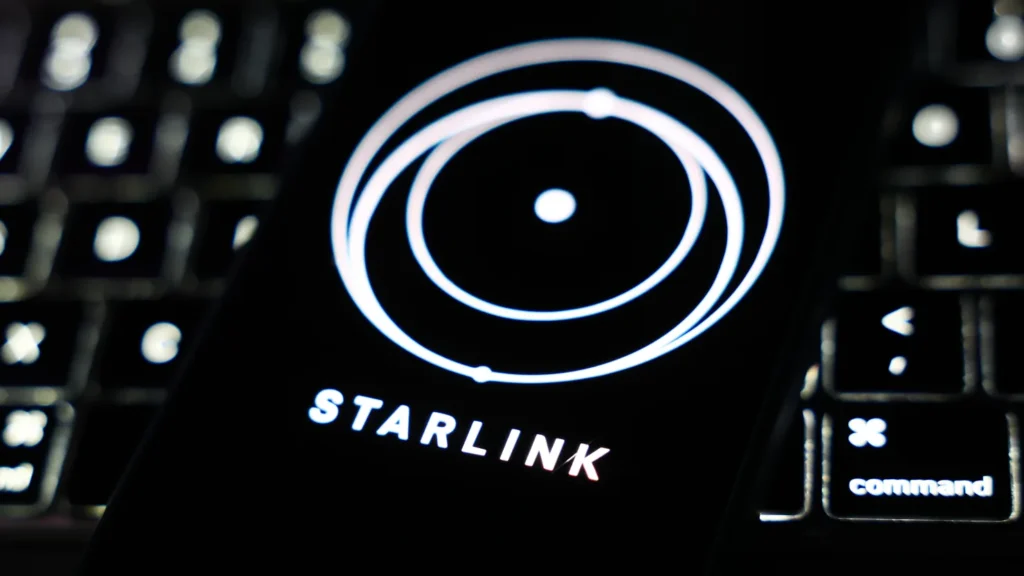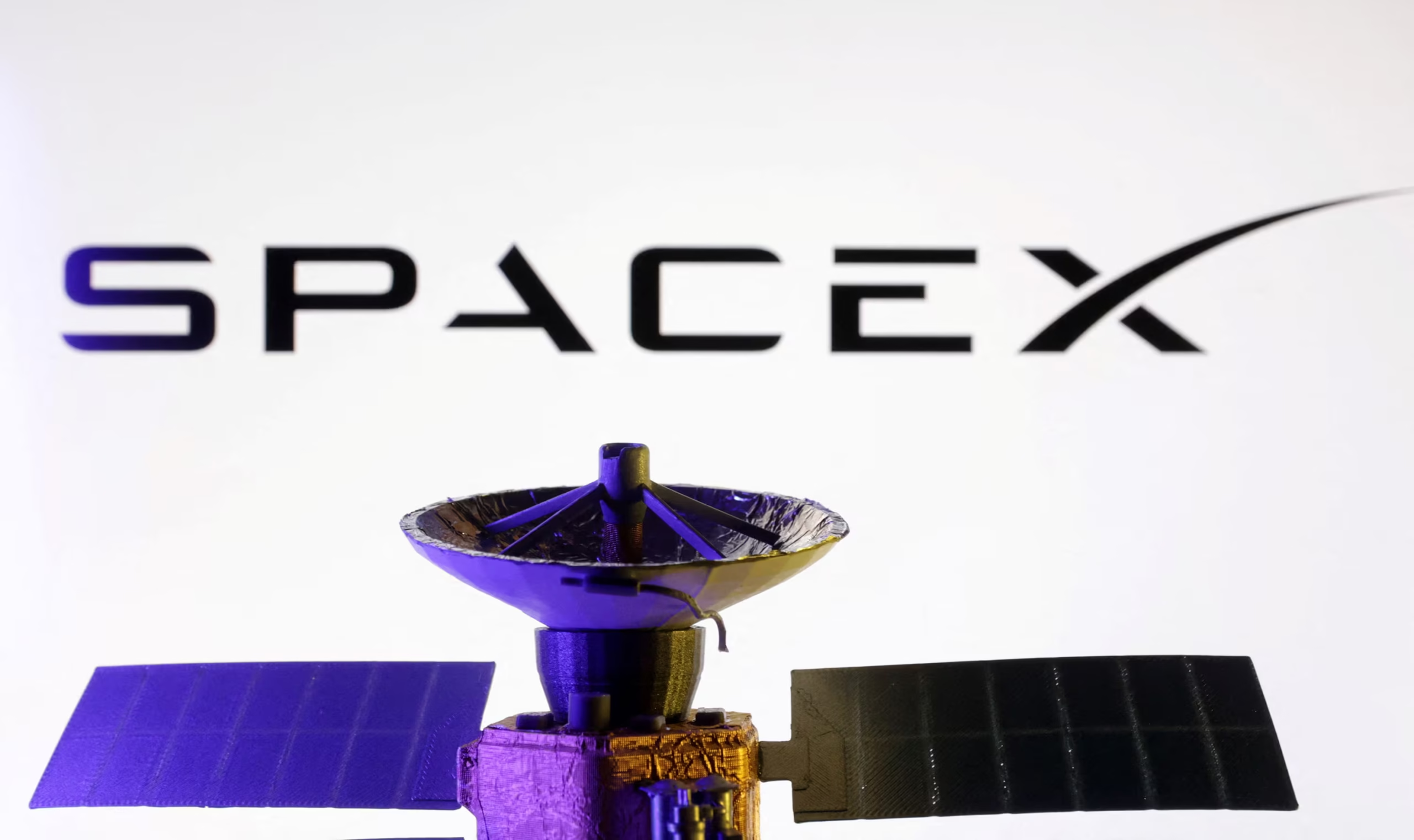Musk’s Starlink outage day after T‑Mobile satellite service rollout – that’s the headline that reverberated across tech news on July 24, 2025, when Starlink suffered a rare and widespread service disruption. The incident came just one day after the launch of T‑Mobile’s new satellite messaging service powered by Starlink, raising urgent questions about reliability and preparedness. In this in-depth article, we analyze the full scope of the outage, its causes, global impact, and what it means for Musk’s satellite ambitions.

The Timing: Coinciding Launch and Outage
On July 23, 2025, T‑Mobile formally rolled out its new “T‑Satellite” service, allowing users in areas with no cellular coverage to send SMS and iMessages using Starlink satellites—as part of a $10/month add‑on plan available to Verizon, AT&T, and T‑Mobile customers.
Barely 24 hours later, on July 24, Starlink began experiencing heavy network failures beginning around 15:00 EDT (19:00 GMT), according to Reuters and Downdetector reports.
The outage lasted roughly 2.5 hours, during which more than 60,000 to 65,000 reports were logged globally—marking one of the most significant disruptions Starlink has faced in its operational history.
Root Cause: Internal Software Failure
Starlink’s Vice President of Engineering, Michael Nicolls, explained the disruption was traced to a failure in key internal software services integral to the core network, essentially disabling command and routing systems temporarily.

Elon Musk himself took to X (formerly Twitter) and posted: “Service will be restored shortly. Sorry for the outage. SpaceX will remedy the root cause to ensure it doesn’t happen again.”
Though the company pledged a deeper post‑mortem, some analysts speculated whether the issue stemmed from a flawed software update or even a potential cyber‑attack, given the global scale and sudden onset.
Global Reach: Who Was Affected
The outage impacted users across the United States, Europe, Australia, and multiple other regions, including remote rural zones heavily reliant on Starlink for connectivity. Australian users alone numbered some 200,000, and many rural communities reported prolonged downtime until recovery around 8:30 AEST.
Notably, Ukrainian military units—drawn heavily upon Starlink for battlefield communication—confirmed service blackout across entire front‑line zones, making it perhaps the longest communication blackout they have experienced in the conflict to date. The Verge
Legacy and Growth: Starlink’s Expanding Footprint
Despite the outage, Starlink remains one of the largest low‑Earth orbit broadband networks, operating over 8,000 satellites and serving 6 to 6.5 million users across approximately 140 countries as of mid‑2025.
The company has seen rapid global scaling—from about 2.7 million users in early 2024 to 6 million by mid‑2025, along with rising revenue expectations, though past financial disclosures revealed a modest $72 million profit on $2.7 billion revenue in 2024—short of earlier projections.
This outage emerges at a critical juncture as Starlink integrates new functionalities—like direct‑to‑cell messaging—and pursues major contracts with governments, airlines, and defense clients.
Implications and Moving Forward
The timing of the outage, immediately after T‑Mobile launched its Starlink‑powered messaging service, invited criticism: it raised concerns over operational risk associated with ambitious product launches. Reuters
Critics and forums such as Reddit reflected frustration. One user quipped:
“We have multiple Starlinks … they’re all down right now”
while another joked:
“Remedy root cause” in other words fire the Starlink employee who pushed this to prod.
SpaceX must now demonstrate robust post‑mortem processes and engineering safeguards to reassure stakeholders—particularly those depending on service during emergencies or remote connectivity.
Conclusion
This Starlink outage on July 24, 2025, was a high‑profile disruption prompted by internal software failure—coinciding troublingly with T‑Mobile’s launch of its new satellite messaging service. With over 60,000 user reports, global reach affecting both civilians and critical defense operations, and a severe reminder of technological fragility, Musk’s satellite empire faces renewed scrutiny.
Starlink has recovered service and pledged to address the root cause. Still, the episode serves as a wake‑up call about infrastructure resilience. As Starlink’s network continues to expand, technical failures—even rare—pose outsized reputational and operational risk.
Subscribe to trusted news sites like USnewsSphere.com for continuous updates.





